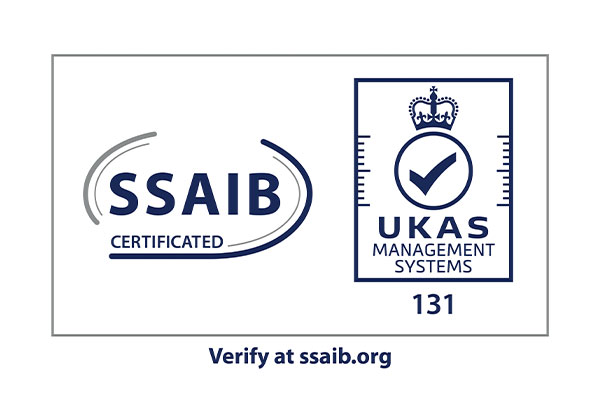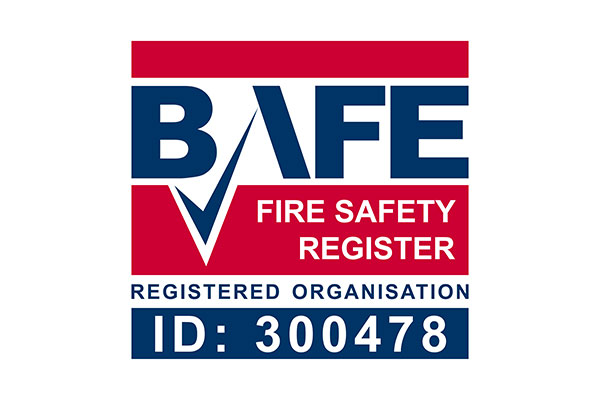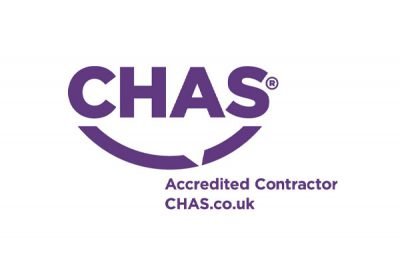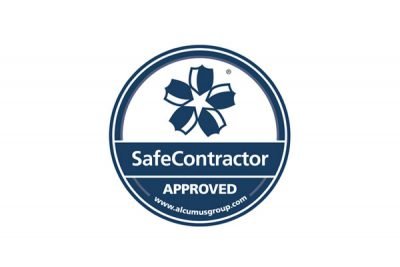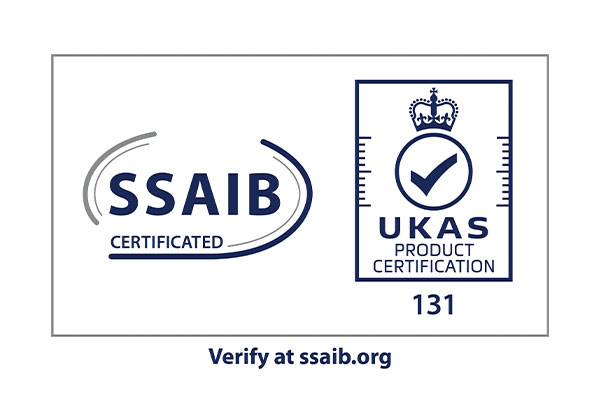Protecting people and premises with technical expertise, great customer care
and quality fire and security systems
SS Systems provides nationwide services in the installation and maintenance of bespoke fire and security systems.
With over 25 years industry experience and technical knowledge we continue to work within some of the country’s finest properties, covering; National Heritage Sites, Educational, Commercial and Industrial buildings.
Our team aim to deliver expert customer care, from site survey to completion through to ongoing maintenance. Developing a lasting relationship with a partner you can trust to protect you and your premises whilst ensuring your businesses and organisations are fully compliant to the latest legal requirements.
We are CHAS accredited, BAFE registered and, SSAIB certificated with BS EN ISO 9001:2015 & Construction Line approved, so your organisation can be assured that all our, fire, security and safety equipment is designed, supplied, installed and maintained in accordance with the latest British Standards.
PROTECTED 7 DAYS A WEEK, 24 HOURS PER DAY
Protecting people and premises with technical expertise, great customer care and quality systems
SS Systems provides nationwide services in the installation and maintenance of bespoke fire and security systems.
With over 25 years industry experience and technical knowledge we continue to work within some of the country’s finest properties, covering; National Heritage Sites, Educational, Commercial and Industrial buildings.
Our team aim to deliver expert customer care, from site survey to completion through to ongoing maintenance. Developing a lasting relationship with a partner you can trust to protect you and your premises whilst ensuring your businesses and organisations are fully compliant to the latest legal requirements.
We are CHAS accredited, BAFE registered and, SSAIB certificated with BS EN ISO 9001:2015 & Construction Line approved, so your organisation can be assured that all our, fire, security and safety equipment is designed, supplied, installed and maintained in accordance with the latest British Standards.
PROTECTED 7 DAYS A WEEK, 24 HOURS PER DAY
MAINTENANCE
We provide maintenance and services contracts for all systems, including your existing installations.MAINTENANCE
We offer different levels of CCTV, Security System servicing and Fire Alarm maintenance plans, so you can be confident that in the event of a fire or break in, your residents, staff and premises will always get the reliable warning they need to stay safe.
All of our site install engineers and maintenance technicians are Criminal Record Bureau (CRB) checked and possess the competency card scheme for the construction industry (CSCS).
KEY SECTORS
SS Systems is Monitored Externally to Ensure that we meet a High Standard of Service.
As members of the SSAIB (Security Systems and Alarms Inspection Board), We maintain service records and monitor our success. The SSAIB, is a leading certification body for organisations providing security systems and services, fire detection alarm systems, and monitoring services. So, you can be confident that we strive to provide our clients with a reliable and professional level of service
If you are looking for a reliable, professional company to maintain your fire and security systems then get in touch with us.

Hospitality
Our Industry knowledge and experience allows us to review your current fire safety measures to ensure everything is up-to-date and meeting British Standards.

Commercial
Our experienced design team are adept at understanding that each business has its own unique requirements in protecting, assets, staff and premises.

Care Homes
We provide reliable fire safety systems, security systems and maintenance contracts, to ensure your residents, staff and visitors are safe and secure.

Councils
We work within the Education Sector across the country to protect pupils, staff, visitors and premises. Whilst ensuring they are meeting regulations within strict budgets.
Our Clients
Some of the clients we’ve had the pleasure of working with

“Our existing intruder system and devices had become obsolete and did not meet with current installation standards. SS Systems provided a modern hybrid system that provided a logistical solution without disruption to the fabric of the property. SS Systems now provide us with the necessary support and ongoing preventative maintenance service.” – Phil Blunt, Owner, Adby Farm.
Contact us today for a Free Site Survey to ensure you meet your Fire Safety and Security requirements.
If you would like to find out more about the services we offer, simply leave us your details and one of our friendly team will get in touch and arrange a call back or site visit.




